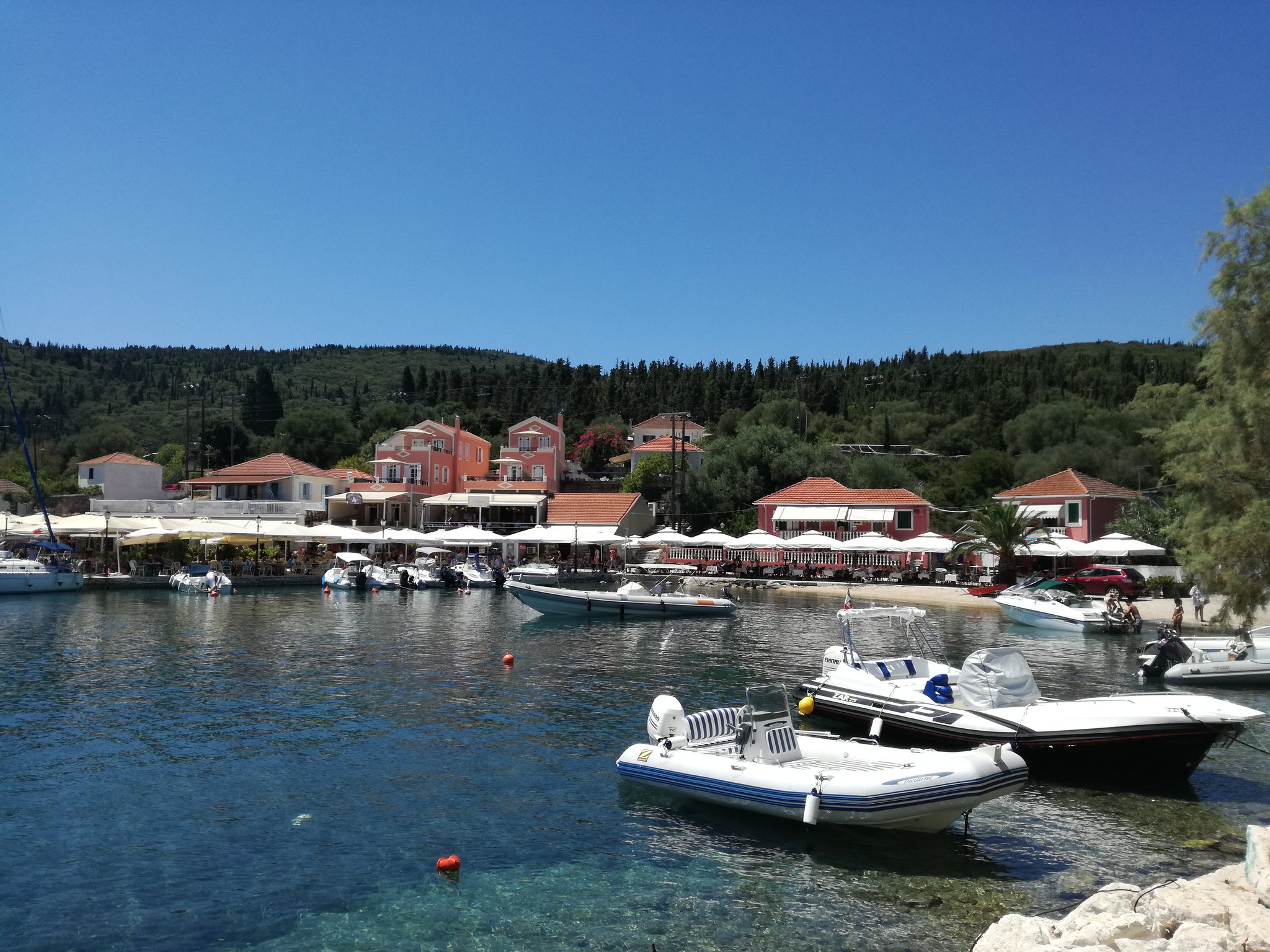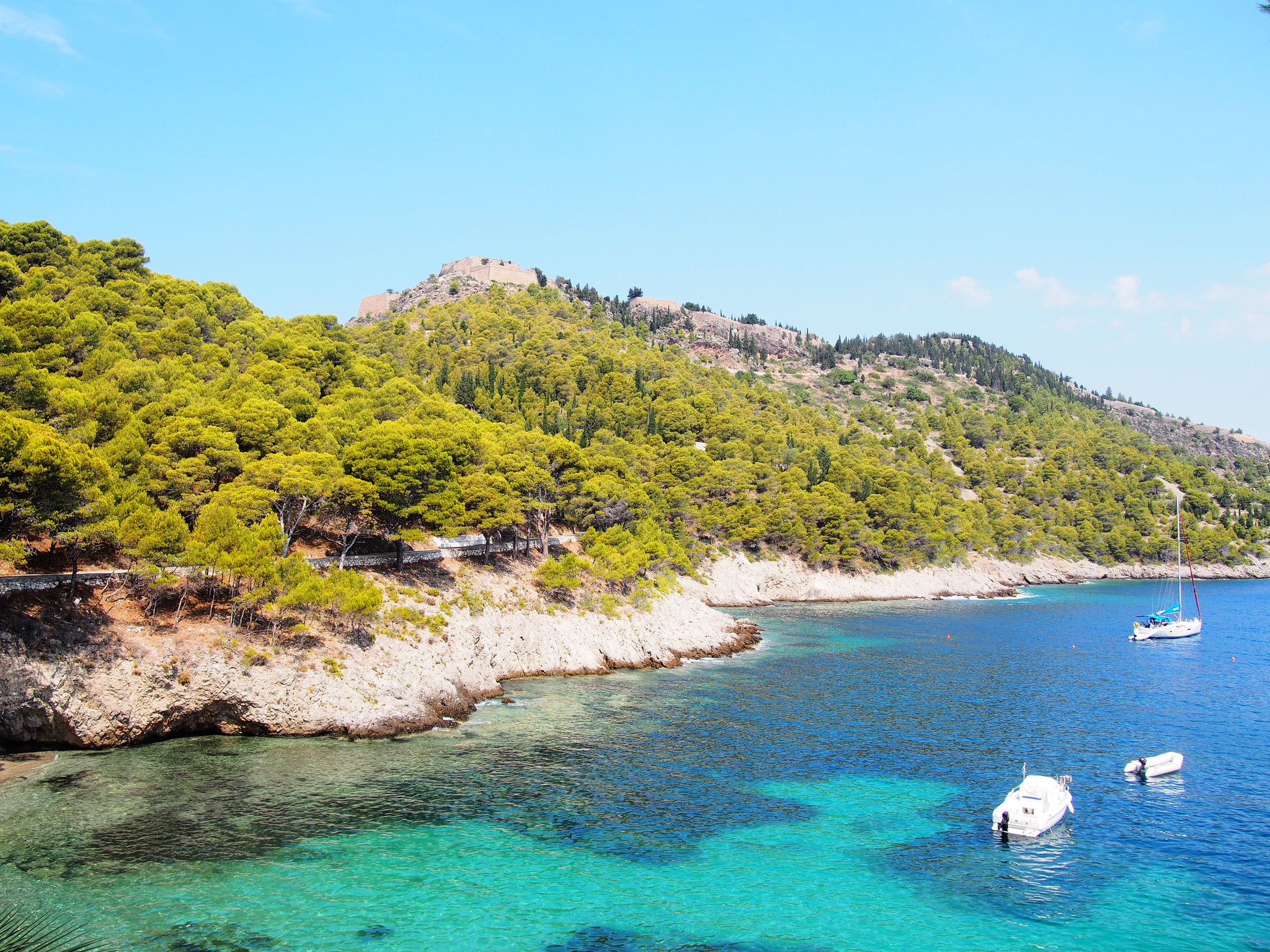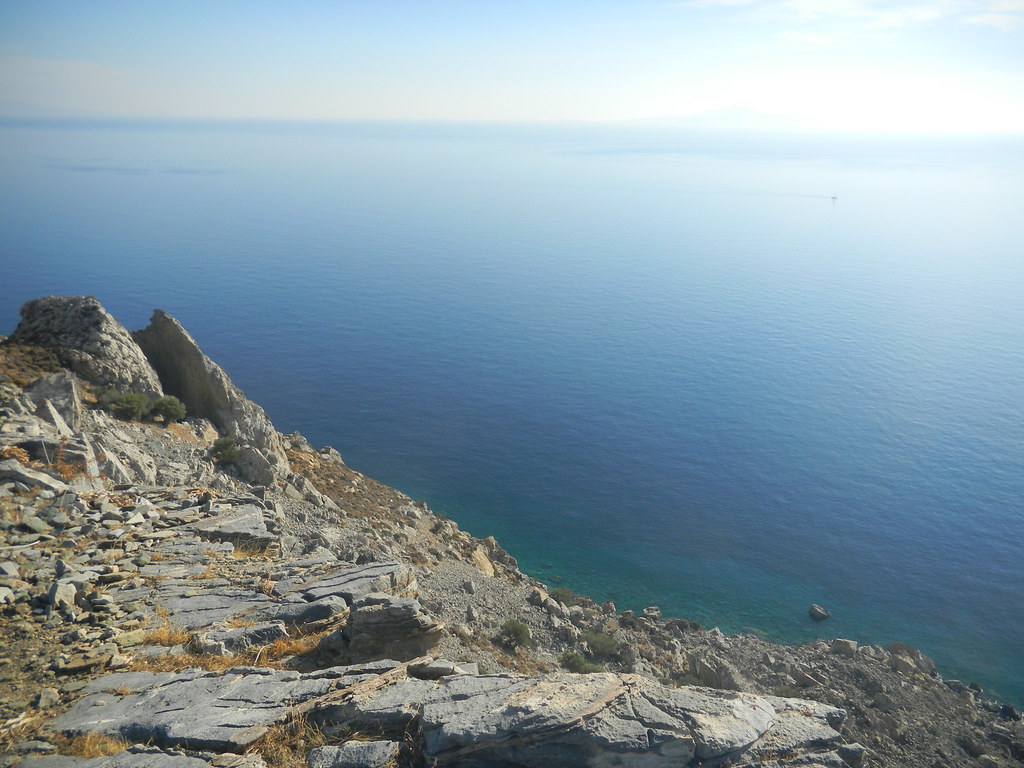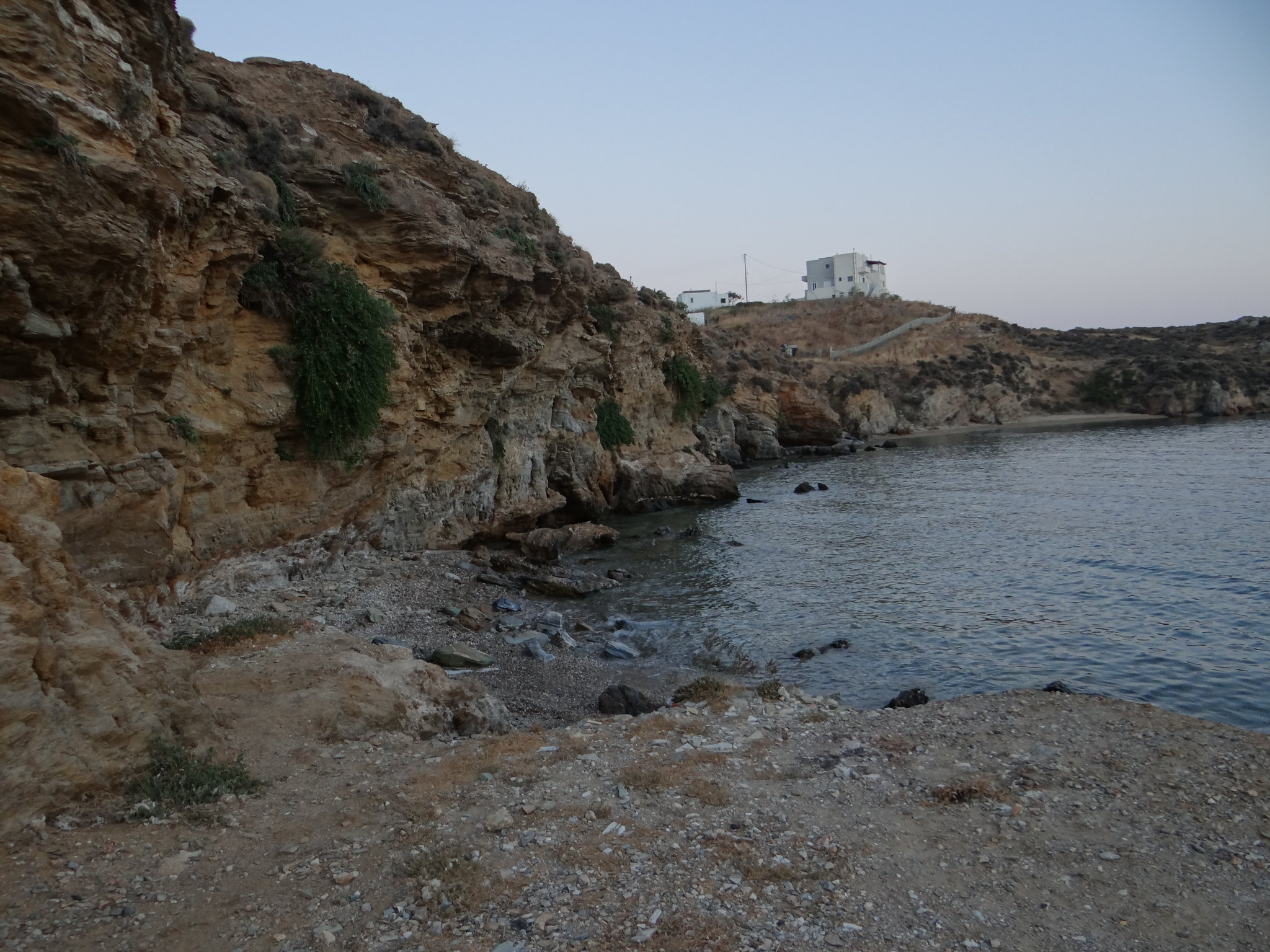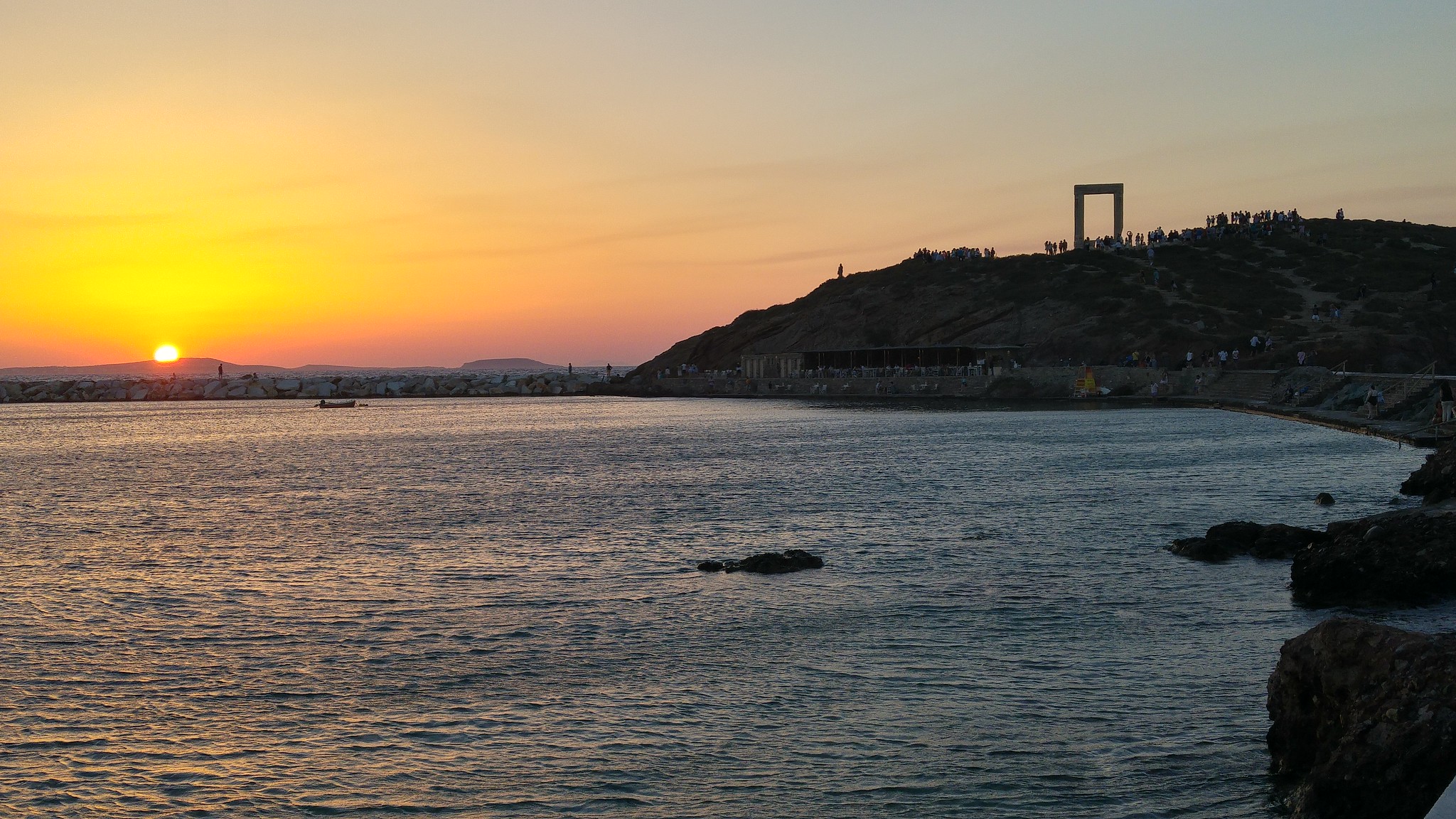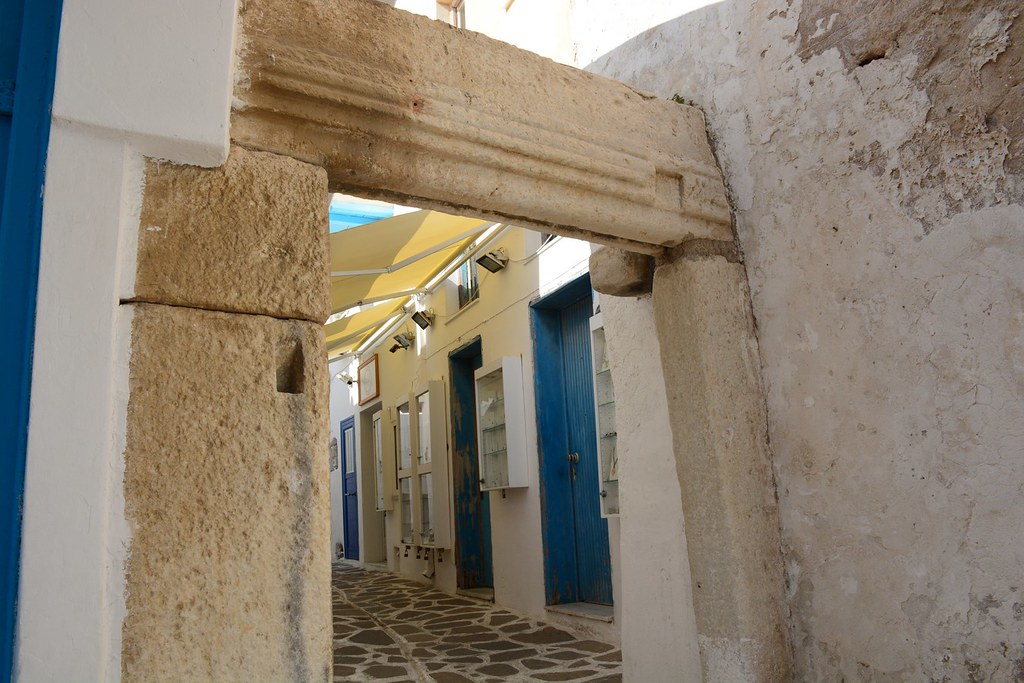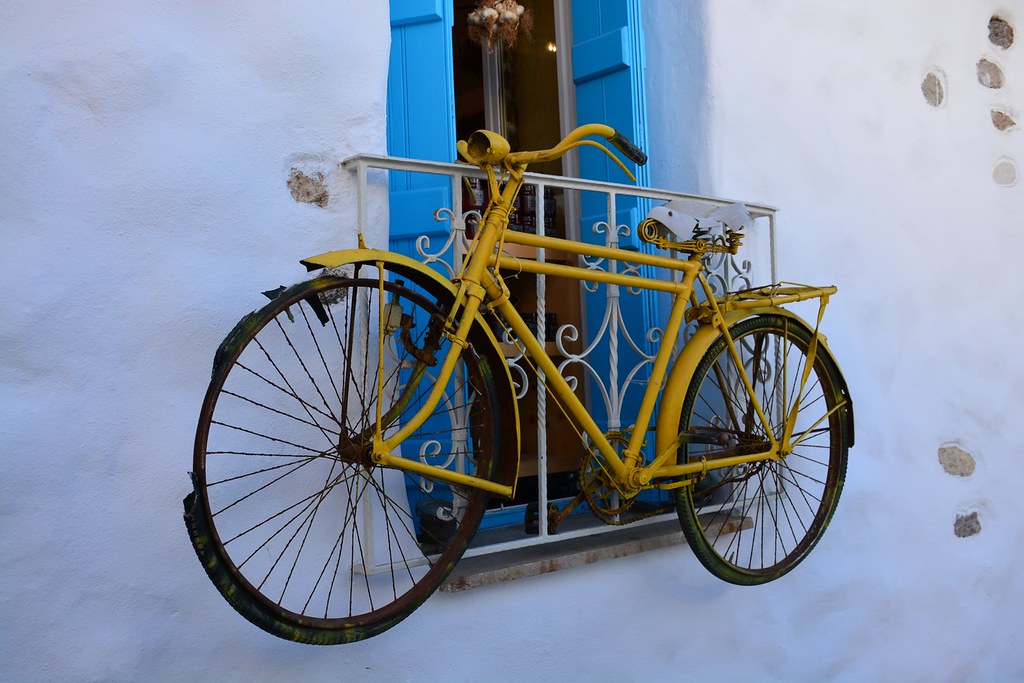Rhodes is the biggest island of the Dodecanese and the fourth biggest Greek island. It is an extremely preferred summer season destination, as it combines a rich history, a fascinating culture and a dynamic night life that will read more satisfy even the most requiring visitors. The stunning towns, the well maintained monuments and the historical sites, the middle ages castles and the wonderful beaches are simply a few of the reasons to visit it, once again and once again!
Old City
The old city of Rhodes is the biggest middle ages city in the entire European continent. It is considered as one of the most crucial monuments of cultural heritage on an international level and therefore was stated a World Heritage City by UNESCO in 1988. The narrow streets, the classical architecture, the middle ages churches and the bridges shape the special environment of the old city that is reminiscent of a different period that you'll enjoy at very first sight.
Lindos
Lindos is an ancient city on the island of Rhodes, about 50 kilometers southeast of the island's center. It is among the most attractive parts of the island, with lovely homes and narrow street. The Acropolis of Lindos, with the ancient temple and the towers, is a splendid historical site and, for excellent reason, among the most gone to historical sites in Greece.
Butterfly Valley
Just 15 kilometers southwest of the agreekadventure.com city of Rhodes you will discover a place of matchless natural beauty, surrounded by hills, with numerous trees and streamlets. From June up until September, the Butterfly Valley has lots of vibrant butterflies that select this area to leave their eggs and reproduce. It is an ideal place to find peace and relaxation during the hot summertime days, with a dining establishment and a present store. Just try to be peaceful, in order not to interrupt the butterflies during their weddings.
Seven Springs
Seven Springs lies 30 kilometers southeast of the island's capital, in a wonderful area with many pine and palm trees. The natural shade provided by those trees develop a cool environment, which is valuable throughout the summer season heat. The lake is composed of 7 springs, where you will see geese, ducks and peacocks. If you come by, you need to enjoy a meal in the close-by restaurant, which-- except for exceptional tastes-- likewise offers of a scenic view of the mountains.
Archaeological Museum of Rhodes

Found in the city of Rhodes, the Archaeological Museum of the island hosts objects gone back to the Archaic, the Roman, the Mycenaean and the Hellenistic duration, that include vases, sculptures, statues, ceramics and more. The archaeological findings of the museum originated from the island of Rhodes and other islands of the Dodecanese, giving the visitor the opportunity to get familiarized with the local cultural production through the ages, under the impact of other populations and civilizations.
Museum of Modern Greek rhodes beaches Art
The Museum of Modern Greek Art is located in the entryway of the middle ages city of Rhodes, on Symi square. The philosophy of the museum is based upon the promo of the distinct cultural identity of Greece, not in a nationalistic method, however through a universal element that approaches each culture and country as a part of the whole. The museum hosts rich collections of paintings, sculptures, drawings and files from the 20th century and tries to provide a narrative of the modern Greece through the rhodes works of contemporary Greek artists.
Rodini Park

Rodini Park is a real heaven in the world, just 3 kilometers away from the city of Rhodes, along the Rhodes-Lindos highway. It is the most ancient park of the world and is popular for its thick greenery. The picturesque landscape developed by the little bridges, the water lilies spread out throughout the lake's surface and the conventional narrow courses is absolutely worth a see.
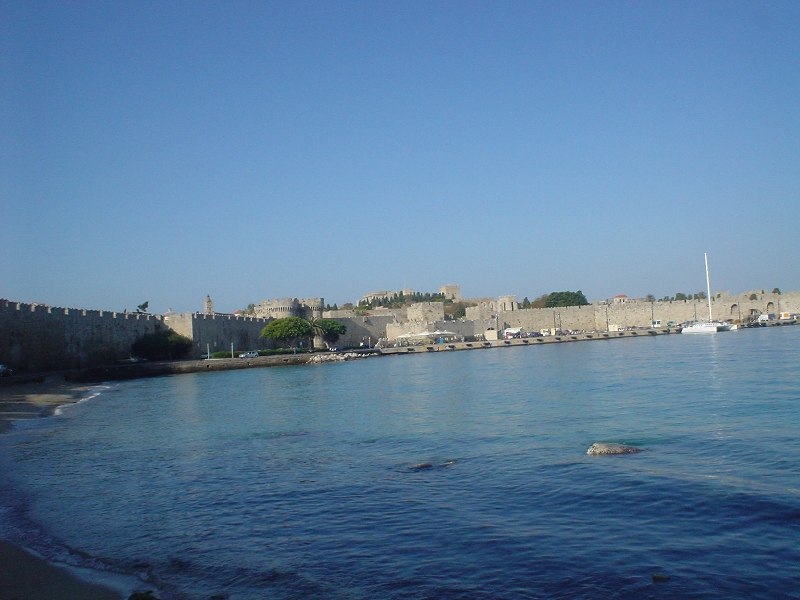
Ladiko
Ladiko is a small bay close to Faliraki with remarkable sand, small rocks and blue-green waters. After enjoying your swim, you can attempt a rhodes old town regional meal in the close-by small tavern. Keep in mind that it does become crowded, particularly in August, due to its distinct landscape and the excellent waters.
Agathi
Among the most beautiful beaches of Rhodes, located on the east shore of the island. Agathi is a wonderfully maintained virgin beach, without large crowds and loud beach bars. The only signs of the 'touristy civilization' you will discover here are some 'canteens' supplying some requirements like sun beds and umbrellas. The beach is recommended totally free camping and is a fantastic place to spend a night or more with good friends.
Prasonisi
Prasonisi (Greek for 'green island') is located on the southernmost point of the island, 92 kilometers away from the city of Rhodes. It's the ultimate location for the enthusiasts of water sports, especially kite browsing and windsurfing, in addition to for the bathers who want to take pleasure in moments of relaxation, away from the crowded touristy beaches.


